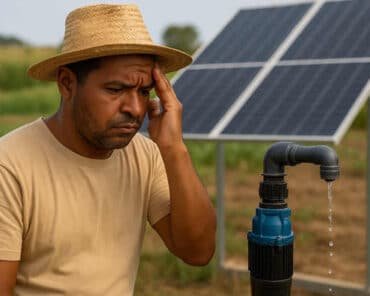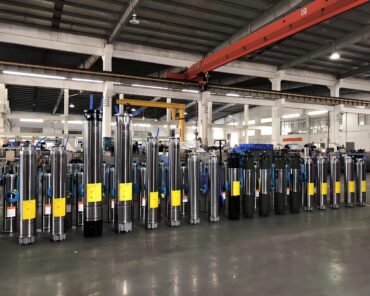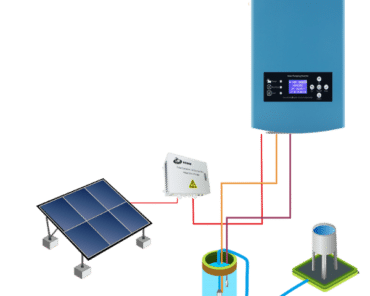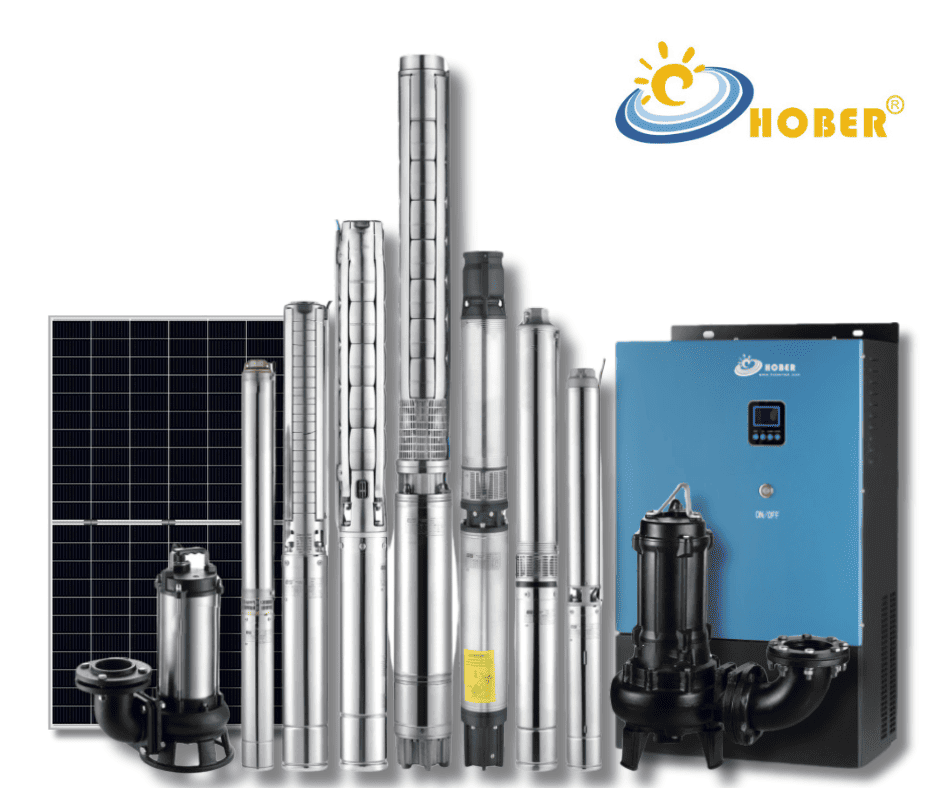The BRICS nations—Brazil, Russia, India, China, and South Africa—are spearheading a transformation in the global renewable energy sector. These emerging economies are pioneering the use of solar-powered water pumps, which have become an essential solution to meet agricultural and water supply needs in regions that struggle with inconsistent access to electricity. This article delves into how each BRICS nation is advancing solar water pump technology, the key components involved in these systems, and their role in promoting sustainable development.
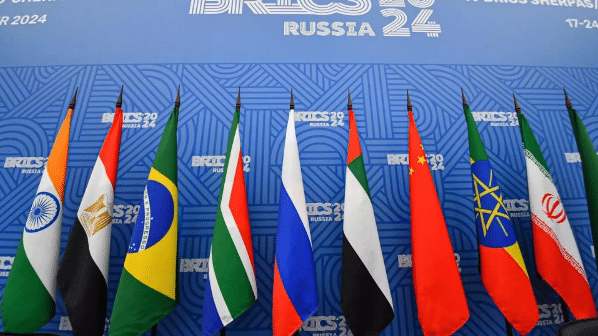
Introduction to Solar Water Pumps and BRICS Nations’ Role
Solar water pumps have emerged as a critical tool in sustainable water management, especially for agricultural and rural water supply systems. These pumps use solar energy to draw water from sources such as rivers, lakes, or underground wells, providing a renewable, cost-effective alternative to traditional fossil-fuel-powered pumps. As the global focus shifts towards reducing carbon emissions, BRICS nations are becoming leaders in the adoption and advancement of solar water pump technology.
The BRICS countries are uniquely positioned to lead this revolution due to their vast rural populations, agricultural dependency, and strong government support for renewable energy. By developing and deploying solar water pumps, these nations aim to reduce reliance on fossil fuels, improve agricultural productivity, and address water scarcity.
Solar Water Pump Technology in BRICS Nations
China – A Global Leader in Solar Water Pump Manufacturing
China is the undisputed global leader in the manufacturing and export of solar water pumps. With its extensive production capabilities, China supplies various types of solar water pumps, including submersible solar pumps, solar surface pumps, and solar motor pumps, to markets worldwide. Its products are known for their affordability, durability, and technological sophistication.
A key component of China’s success in this field is the development of advanced solar pump control boxes and 3-phase solar pump inverters. These technologies ensure efficient energy conversion, optimizing the performance of solar water pumps in both domestic and international markets. China’s investment in research and development (R&D) has also led to the creation of highly efficient solar water pump controllers, which regulate the pump’s operation, ensuring a consistent water supply even in fluctuating weather conditions.
China’s rural areas have benefited immensely from solar water pumps, which have reduced the need for diesel-powered pumps and improved access to water for irrigation. This, in turn, has increased agricultural productivity and contributed to the nation’s push for renewable energy adoption.
India – Solar Pumps for Agricultural Transformation
India is rapidly expanding its solar water pump infrastructure, particularly in the agricultural sector. The government has launched several initiatives to promote the use of solar pumps for irrigation, which is crucial given the country’s reliance on groundwater for farming. Solar motor pumps and submersible solar water pumps are increasingly being used to extract groundwater in areas where electricity is scarce.
India’s solar water pump industry has grown due to collaborations between local manufacturers and international partners, including China. These partnerships have resulted in the production of affordable and energy-efficient solar water pumps that cater to the needs of both small-scale and large-scale farmers. The widespread adoption of solar pumps in India is helping to reduce the country’s dependence on diesel-powered pumps, lower operational costs for farmers, and promote sustainable agricultural practices.
Brazil – Expanding Solar Water Pump Applications in Agriculture
Brazil, known for its vast agricultural landscape, is increasingly adopting solar water pump systems to meet the water needs of rural areas. Farmers are using solar surface pumps and submersible solar pumps to irrigate crops and supply water for livestock. Solar water pump controllers play a critical role in these systems, ensuring that the pumps operate efficiently and manage water resources effectively.
Brazil’s adoption of solar water pumps is particularly beneficial for its remote regions, where access to electricity is limited. By harnessing solar energy, these regions can achieve energy independence while promoting sustainable agricultural practices. The cost savings from using solar pumps instead of diesel or electric pumps have also encouraged more farmers to transition to solar-powered irrigation.
Russia and South Africa – Emerging Markets for Solar Water Pumps
Russia and South Africa are gradually exploring the potential of solar water pumps, particularly in off-grid and rural locations. Although they are not yet as advanced in solar technology as China or India, these countries are recognizing the benefits of solar pumps for agricultural and water supply needs.
In Russia, solar pumps are being tested in rural areas where electricity is scarce, while South Africa is focusing on integrating solar water pumps into its renewable energy strategy. The increasing demand for submersible solar pumps, solar motor pumps, and 3-phase solar pump inverters in these countries indicates a growing interest in solar water pump technology.
Key Components of Solar Water Pumps for BRICS Markets

Solar Pump Control Box – Ensuring Longevity and Efficiency
The solar pump control box is a vital component that protects and regulates the operation of solar water pumps. It ensures that the system operates safely and efficiently, preventing damage caused by voltage fluctuations or excessive current. In BRICS nations, where rural electrification is still a challenge, the control box plays a crucial role in maintaining the longevity and reliability of solar water pump systems.
Solar Water Pump Controllers – Optimizing Performance
Solar water pump controllers are responsible for managing the energy input from solar panels and ensuring that the pump operates at its best efficiency point. These devices are essential for maximizing the performance of solar water pumps, especially in areas where sunlight availability fluctuates. In BRICS markets, advanced controllers help optimize water usage for irrigation, making solar water pumps a reliable solution for farmers.
Submersible Solar Water Pumps – The Backbone of Rural Water Access
Submersible solar water pumps are designed to extract water from deep wells, making them ideal for rural areas with limited surface water. These pumps are widely used in BRICS countries, particularly in regions with water scarcity. By using solar energy to power these pumps, farmers and rural communities can access groundwater without relying on costly fuel or electricity.
Solar Motor Pumps – Agricultural Lifeline in BRICS Nations
Solar motor pumps are commonly used in agricultural settings to provide water for irrigation. These pumps are powered directly by solar panels, making them an energy-efficient and environmentally friendly solution. In BRICS nations, solar motor pumps are becoming an essential tool for improving agricultural productivity and reducing dependence on fossil fuels.
Solar Surface Pumps – Ideal for Surface-Level Water Sources
Solar surface pumps are used in areas with surface-level water sources, such as rivers or lakes. These pumps are cost-effective and easy to install, making them a popular choice for small-scale farmers in BRICS nations. By using solar energy to power these pumps, farmers can reduce their operational costs and minimize their environmental impact.
3-Phase Solar Pump Inverters – Enabling High-Capacity Pumping
3-phase solar pump inverters are essential for converting the direct current (DC) power generated by solar panels into alternating current (AC) power, which is required for high-capacity pumps. These inverters are used in large agricultural and industrial operations where high-volume water pumping is needed. In BRICS markets, the use of 3-phase solar pump inverters is growing as more large-scale farms adopt solar-powered irrigation systems.
The Role of Solar Water Pumps in Sustainable Development
Energy Efficiency – Reducing Reliance on Fossil Fuels
Solar water pumps offer a highly energy-efficient solution for water management, as they rely on renewable solar energy instead of grid electricity or diesel. This not only reduces operational costs but also minimizes the environmental impact of water pumping.
Sustainability – Environmental Impact of Solar Pumps
By using solar energy, solar water pumps contribute to the reduction of greenhouse gas emissions and promote environmental conservation. The adoption of solar pumps in BRICS nations is helping to mitigate the effects of climate change while supporting sustainable development.
Cost-Effectiveness – Lowering Operational Costs
Solar water pumps provide long-term cost savings for farmers and industries by eliminating the need for expensive fuels and electricity. In regions where energy costs are high, solar pumps offer a financially sustainable alternative that can help improve profitability.
Improved Water Management through Advanced Controllers
Solar water pump controllers play a crucial role in optimizing water usage, especially in irrigation. By regulating the flow of water, these controllers help conserve water resources and ensure that crops receive the right amount of water, leading to better agricultural outcomes.
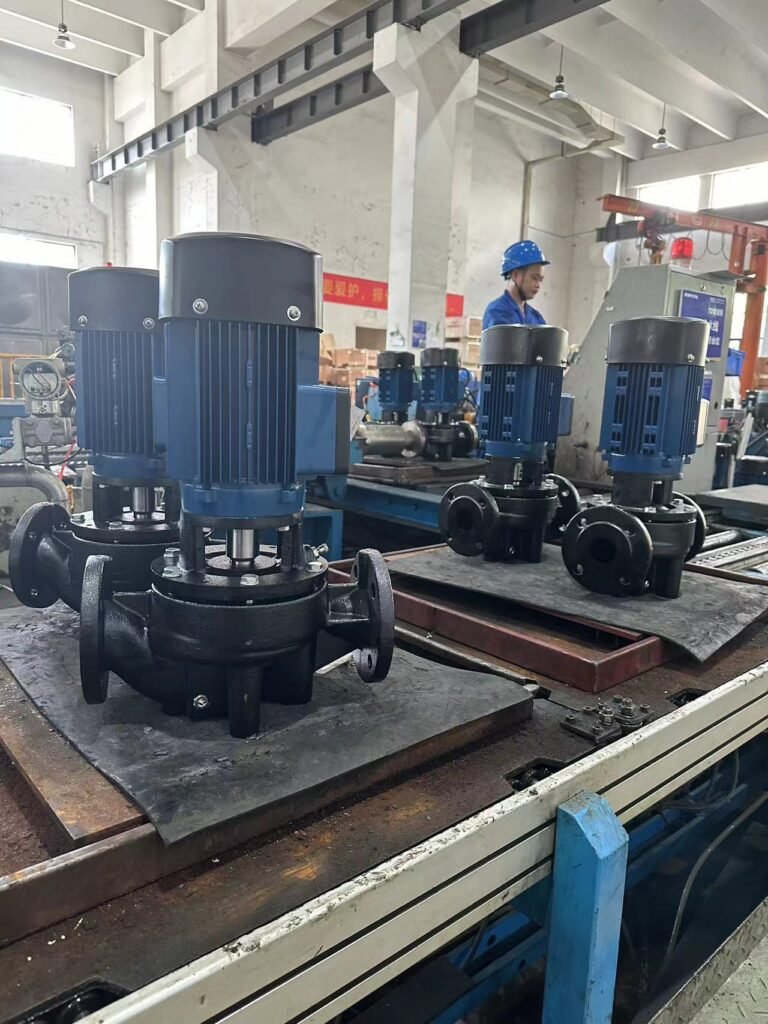
Conclusion
The BRICS nations are at the forefront of the solar water pump revolution, driving innovation and adoption of this crucial technology. From China’s leadership in manufacturing to India’s widespread use of solar irrigation systems, BRICS countries are playing a pivotal role in promoting sustainable water management. As these nations continue to invest in renewable energy infrastructure, the future of solar water pumps looks promising.
FAQs
What makes BRICS nations stand out in solar water pump technology?
BRICS nations are leaders due to their strong government support for renewable energy, vast rural populations, and advancements in solar technology.
How do solar water pumps contribute to agricultural development?
Solar water pumps provide reliable access to water for irrigation, increasing agricultural productivity and reducing dependence on costly fuel sources.
What are the main components of a solar water pump system?
Key components include the solar pump control box, solar water pump controllers, submersible solar pumps, solar motor pumps, and 3-phase solar pump inverters.
Why are solar water pumps important for sustainable development?
They reduce reliance on fossil fuels, lower operational costs, and promote environmental conservation, making them essential for long-term sustainability.
How do solar water pump controllers optimize performance?
Controllers regulate the pump’s energy usage, ensuring it operates efficiently even in fluctuating sunlight conditions.
What are the cost benefits of using solar water pumps in agriculture?
Solar water pumps eliminate the need for electricity or diesel, leading to significant long-term savings for farmers and agricultural businesses.


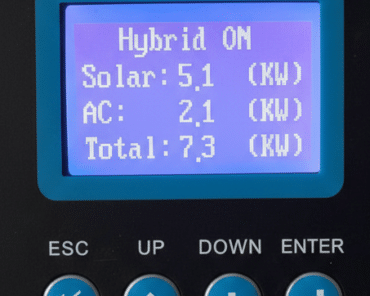
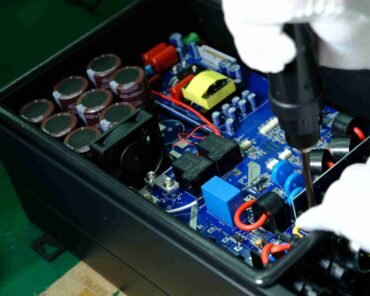
](https://hobertek.com/wp-content/uploads/2025/03/solar-pump-inverter-for-irrigation-efficient-water-pumping-solution-370x296.png)
